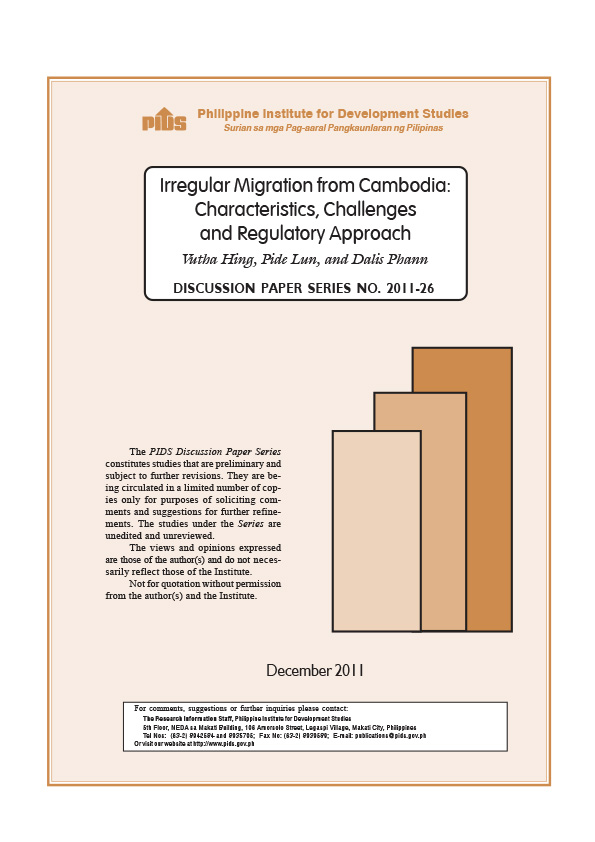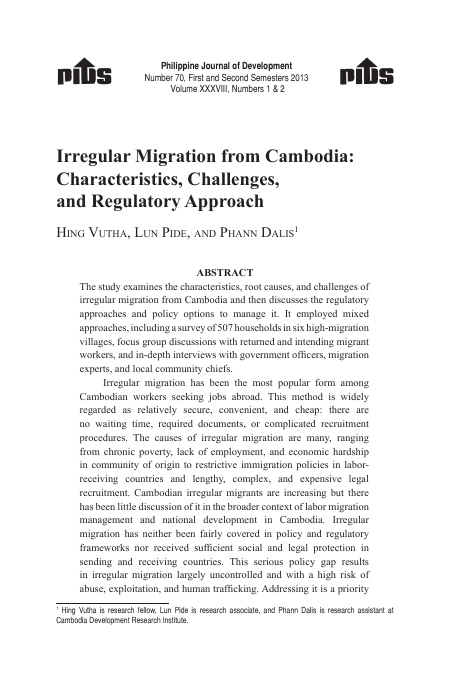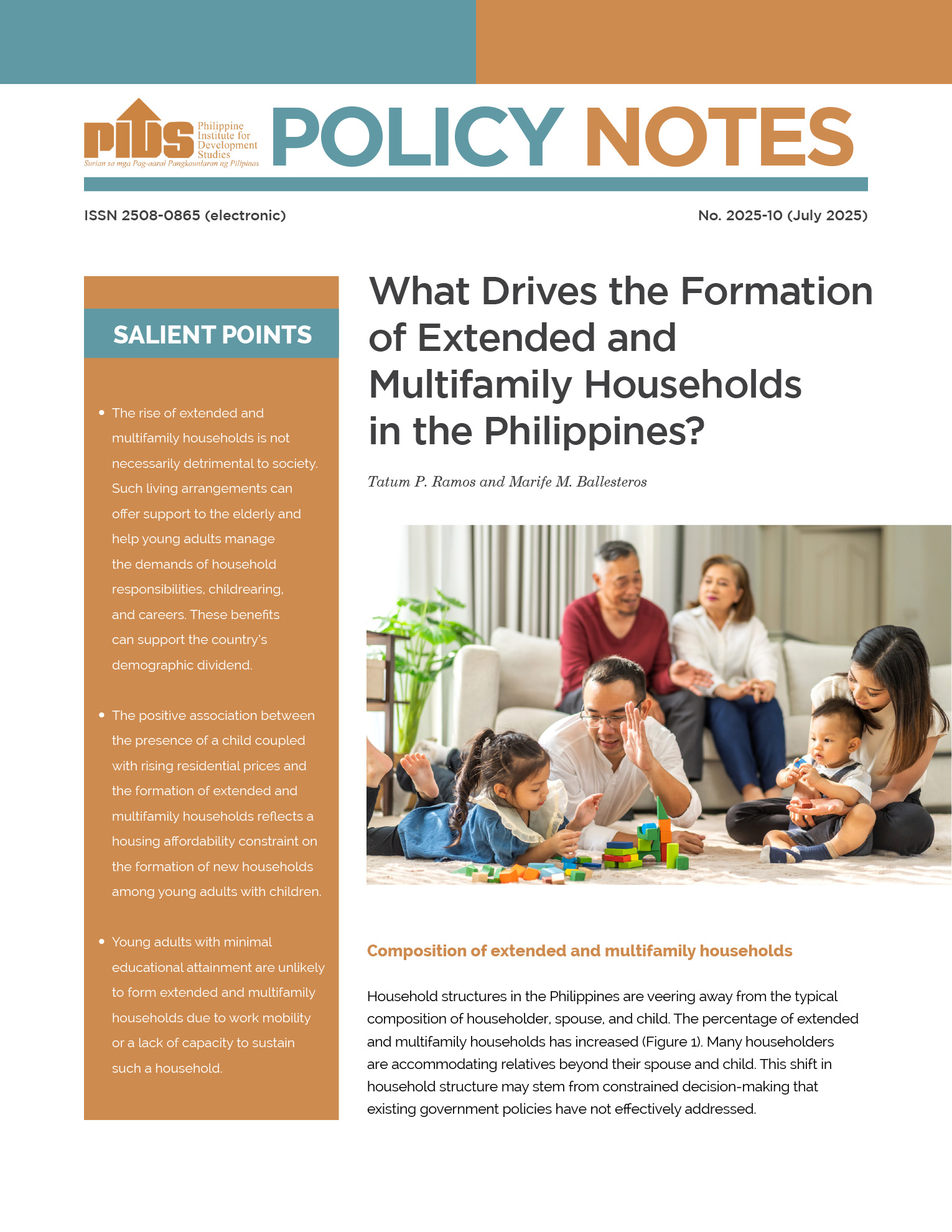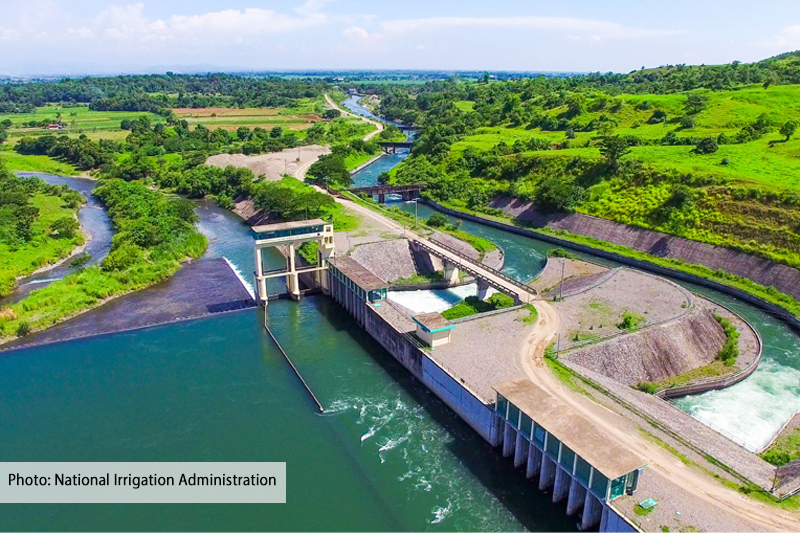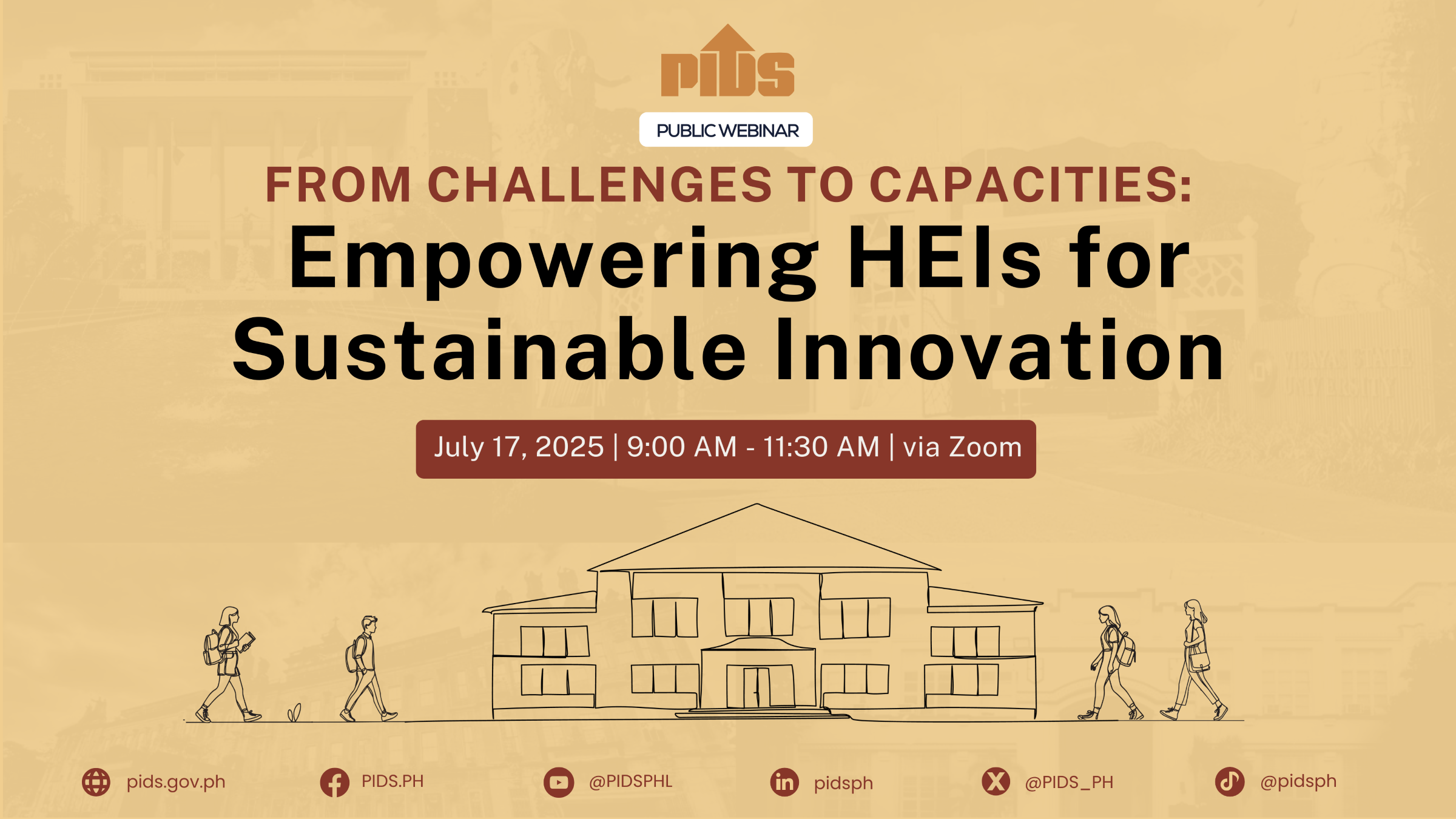The study examines the characteristics, root causes, and challenges of irregular migration from Cambodia and then discusses the regulatory approaches and policy options to manage it. It employed mixed approaches, including a survey of 507 households in six high-migration villages, focus group discussions with returned and intending migrant workers, and in-depth interviews with government officers, migration experts, and local community chiefs. The study found that irregular migration has been the most popular form among Cambodian workers seeking jobs overseas. The causes of irregular migration are many, ranging from chronic poverty, lack of employment, and economic hardship in community of origin to restrictive immigration policies in labor-receiving countries and lengthy, complex, and expensive legal recruitment. The predominant factor is inability to afford the cost of legal recruitment. Cambodian migrant workers face abusive and exploitative situations, including sexual and physical harassment, debt bondage, and threats of denunciation to the authorities, without access to legal protection. Some are also victims of human trafficking.
The findings from the Cambodian case study on irregular migration align with international literature suggesting a combination of at least three sets of measures: addressing the causes, strengthening protection, and enhancing international cooperation. The first two sets have a lot to do with national sovereignty and development priorities involving community development, improving the regulatory framework to make legal migration more transparent and more widely accessible, and enhancing support services of information, consultation, and legal protection. The third set of measures involves bilateral, regional, and international cooperation. Cooperation between Cambodia and labor-receiving countries on regularization or making legal migration more accessible can be part of an effective response to irregular migration. In the long run, irregular migration can be solved through a more integrated labor market in the GMS, supported by subregional regulations and institutions as well as through an ASEAN Economic Community that sets a legal framework for a free flow of labor.
Citations
This publication has been cited 1 time
- Orbeta, Aniceto Jr. C. and Kathrina G. Gonzales. 2013. Managing international labor migration in ASEAN: Themes from a six-country study. Discussion Papers DP 2013-26. Philippine Institute for Development Studies.

